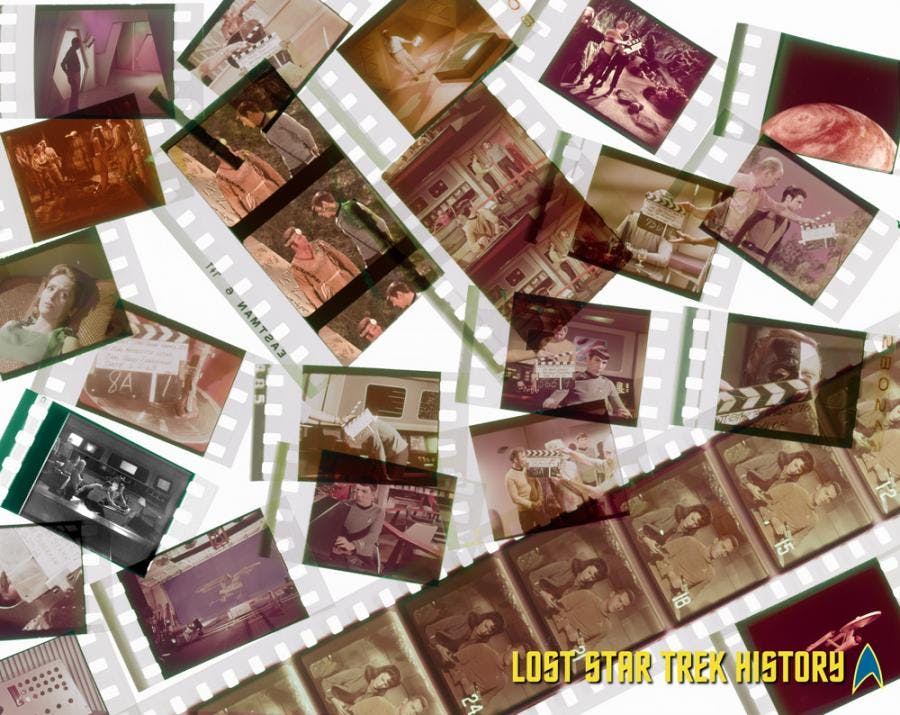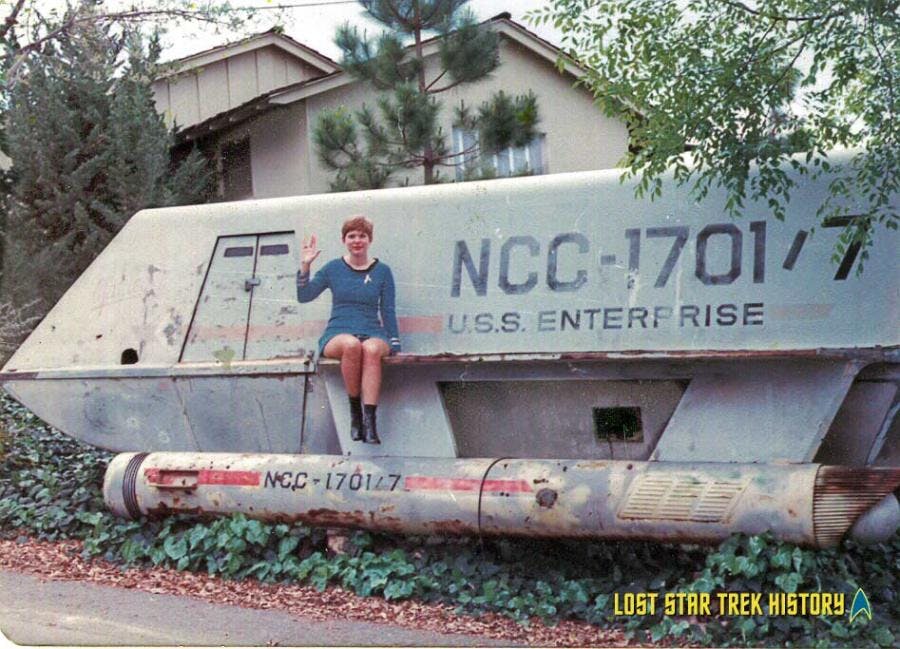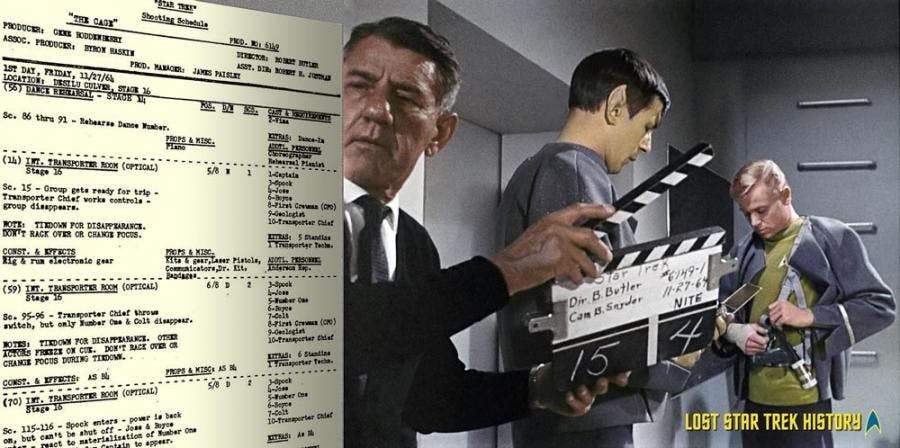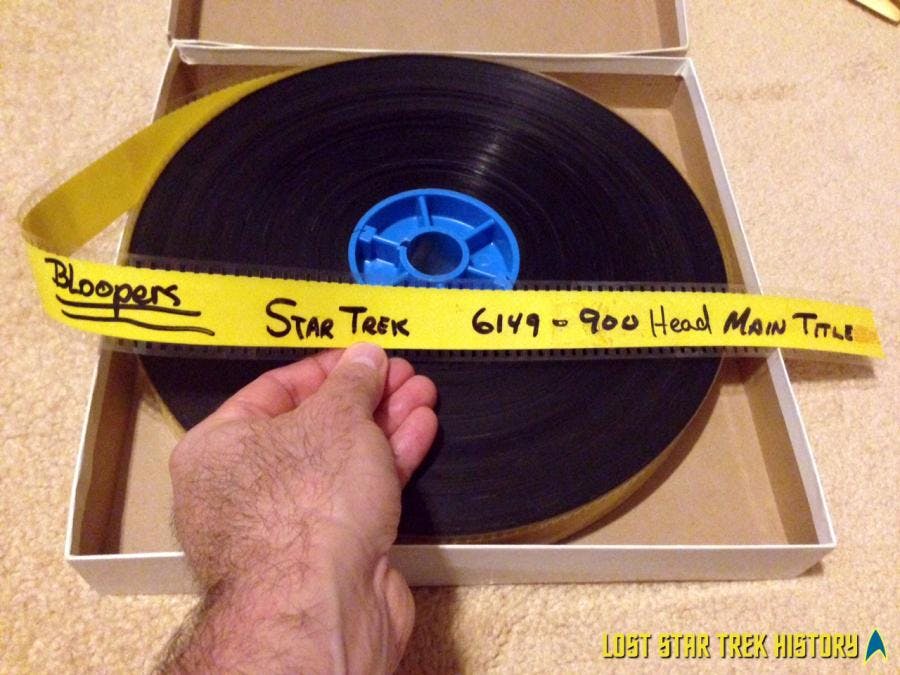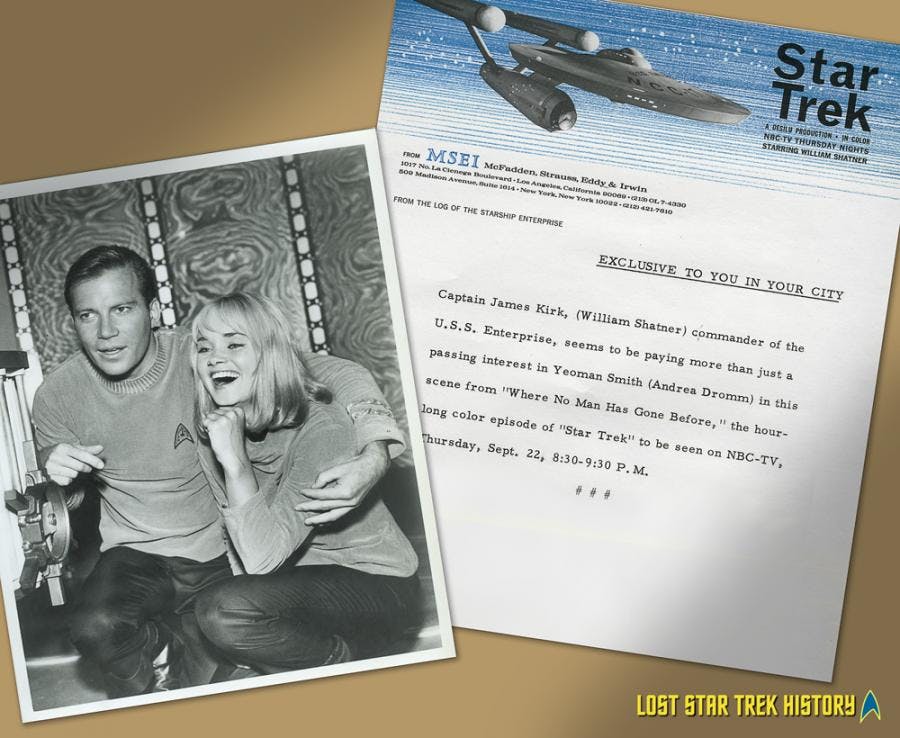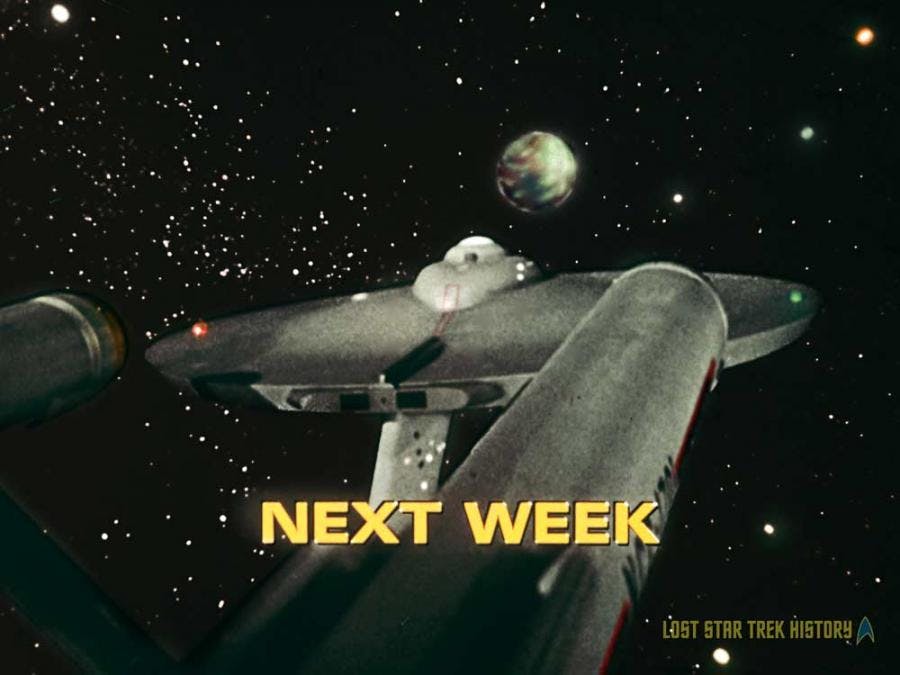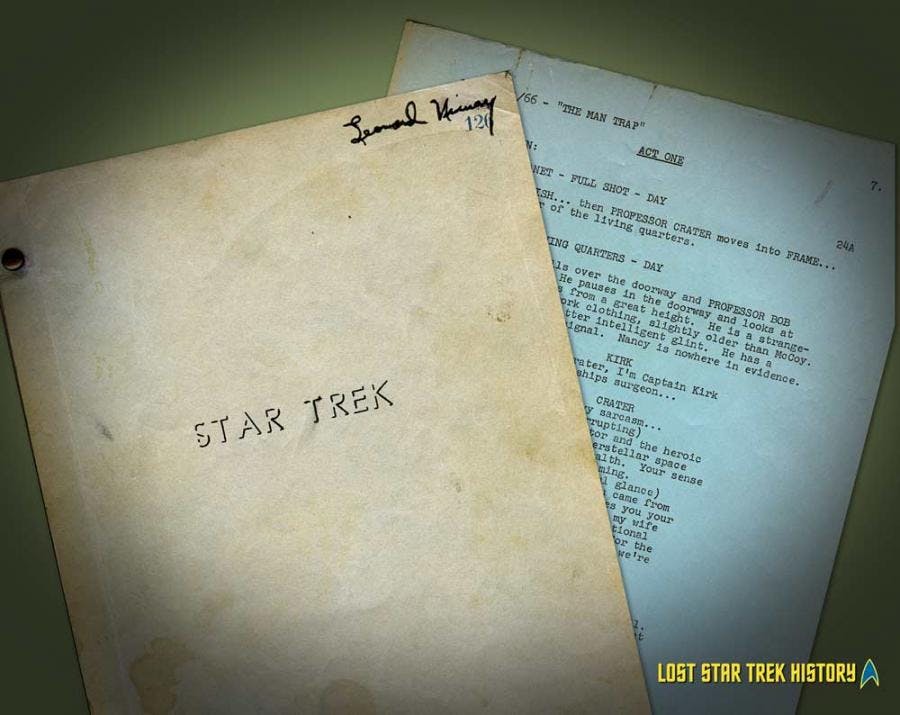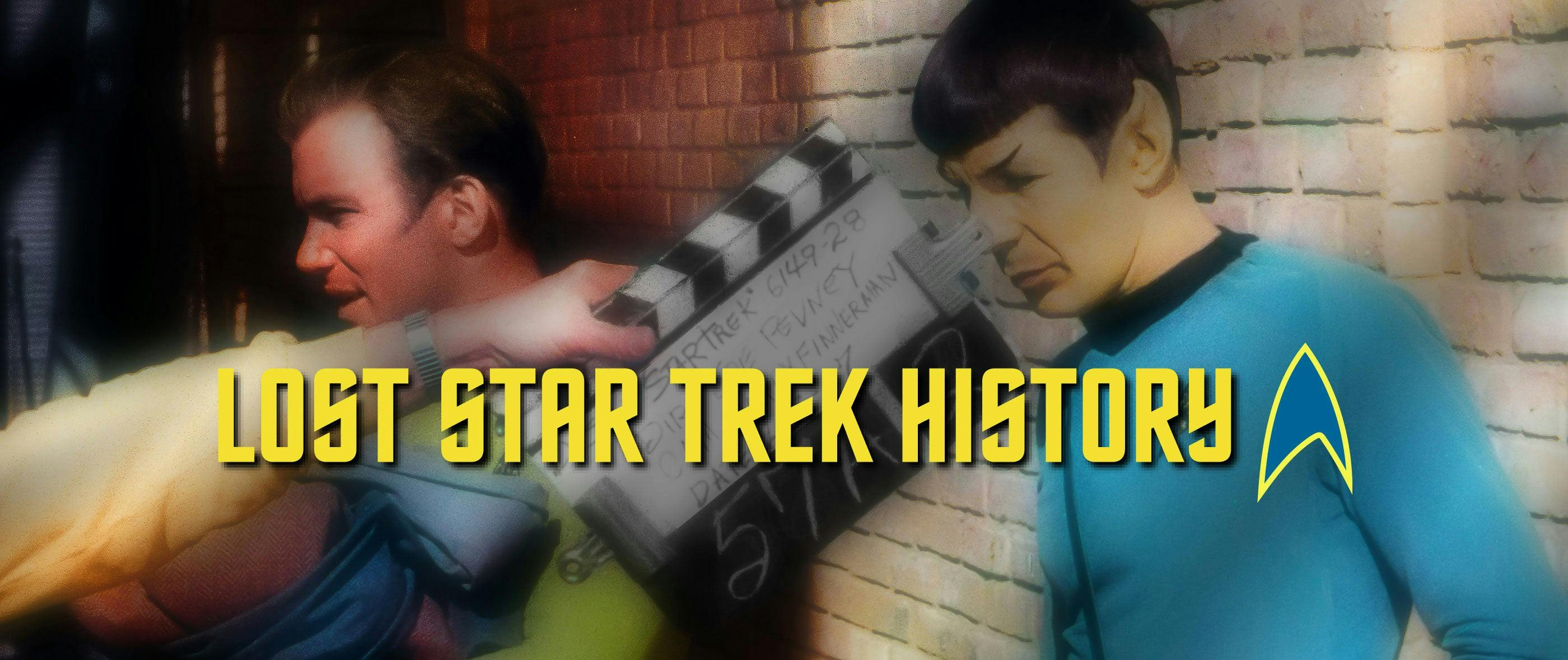
Let’s begin this article at an ending. It’s a sad ending, admittedly, but the silver lining is that without it, we fans might not be here today celebrating Star Trek’s 50th anniversary. Fade Out: The EndStar Trek: The Original Series was cancelled in 1969. It was a terrific show, as we all know, but the cost-benefit ratio then simply didn’t warrant its continuation, despite the protestations of its producer and fans. And when the series was ended, to add insult to injury, it was treated like all the other shows of the time. That is, Paramount Studios (the owners of the Star Trek television property back then) dismantled and/or scattered many of Star Trek’s assets – its sets, production materials, everything – as they saw fit. A few things were kept safe and sound, potentially for future use, but much of it was deemed junk.For example, although some of the original film generated for the series was archived by the studio, a lot of it was considered to be trash and moved to either the Lincoln Enterprises company for dicing into individual frames or to that large square bin that got emptied regularly by the garbage collector. (Ah, the wonderful tales our friends tell us today of their dumpster-diving finds from 1969).
